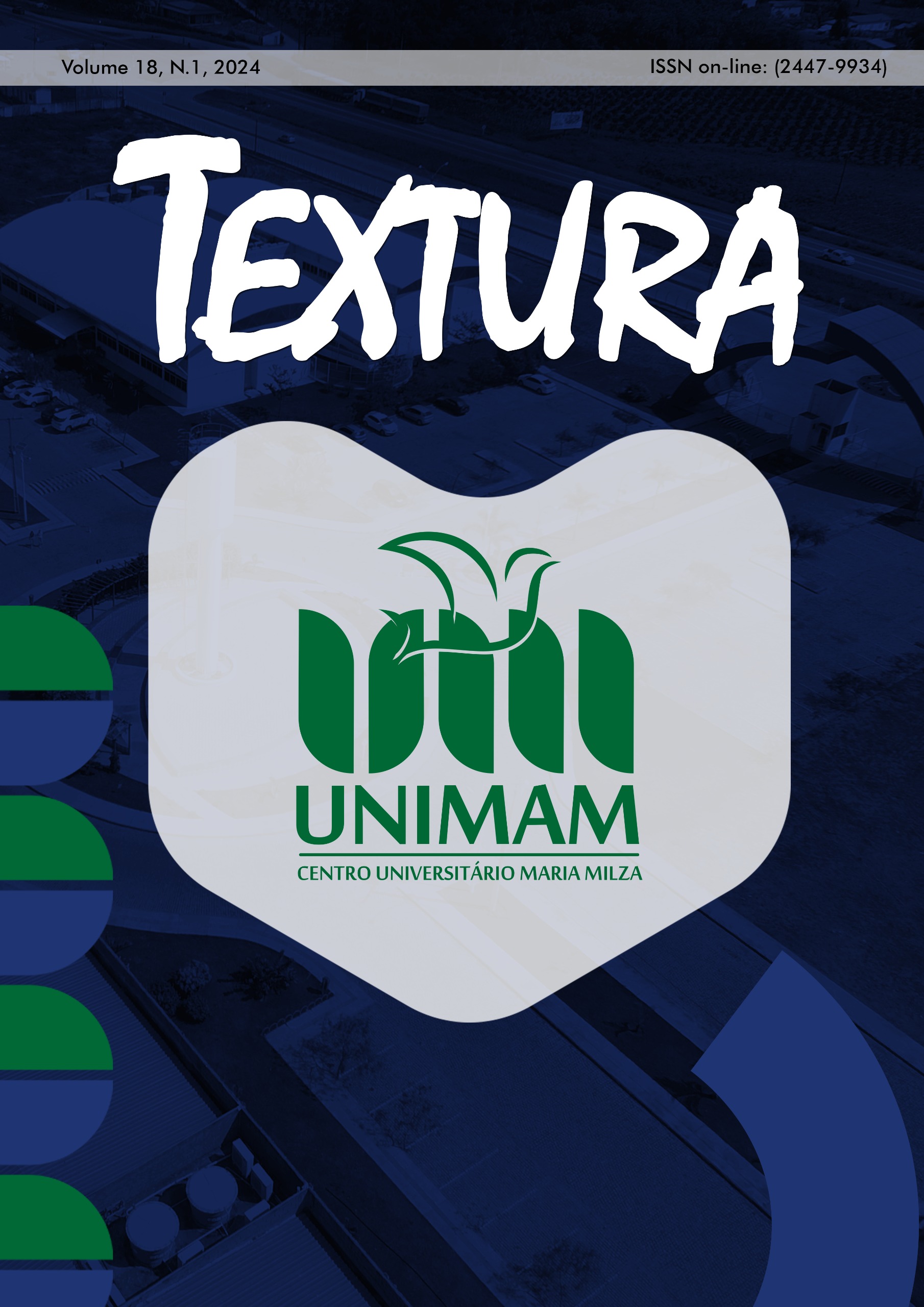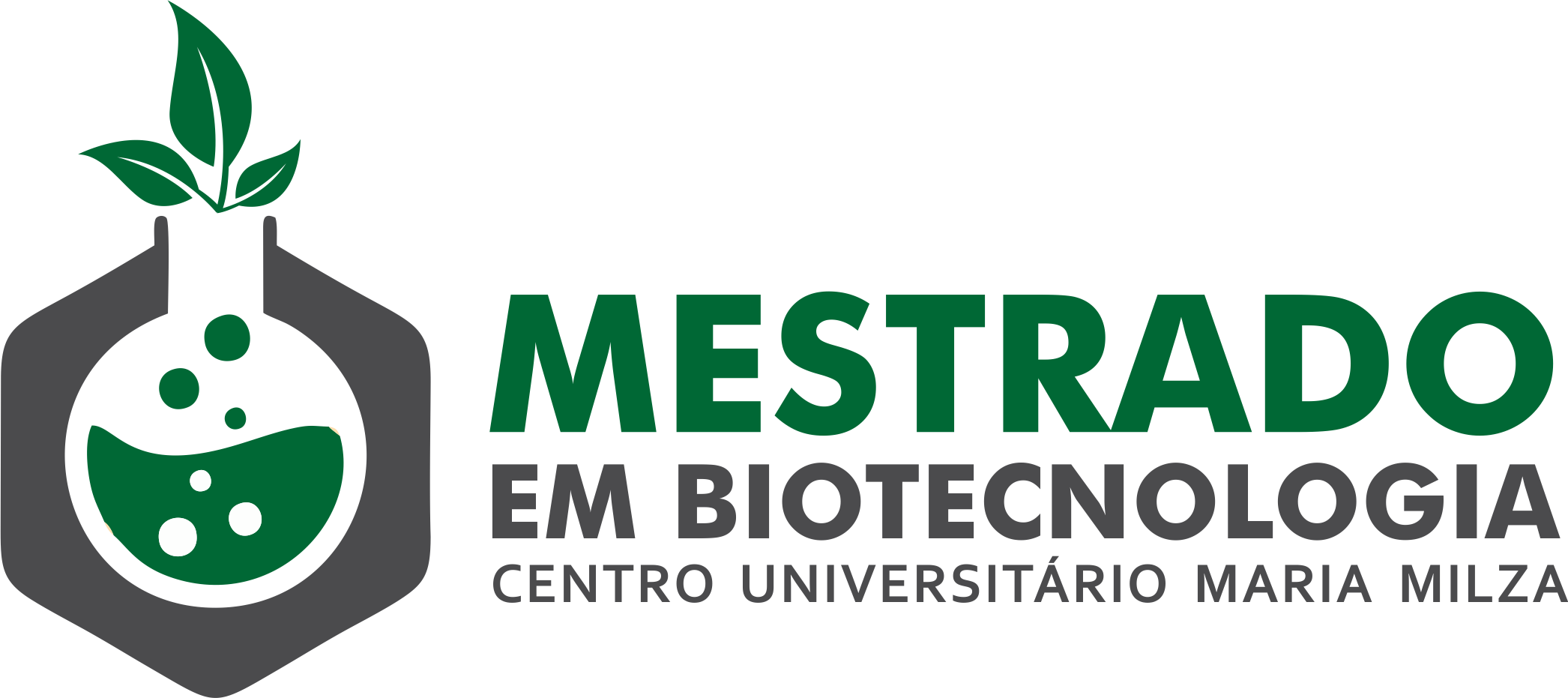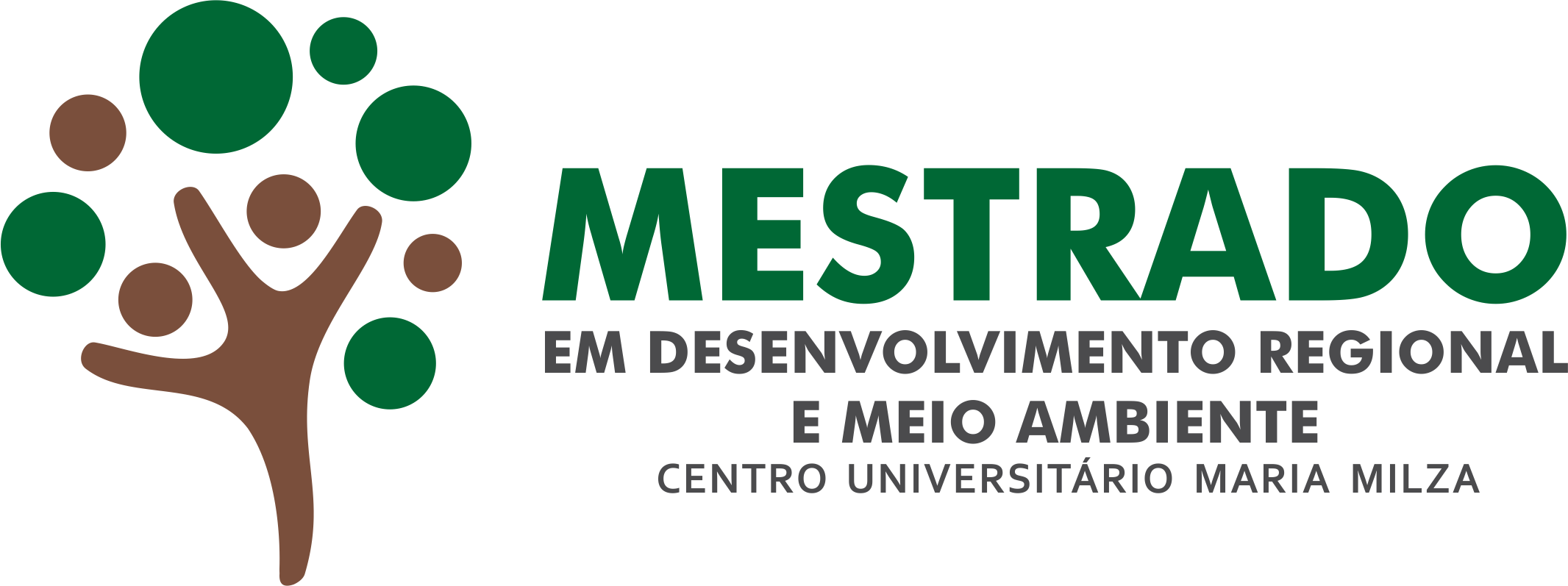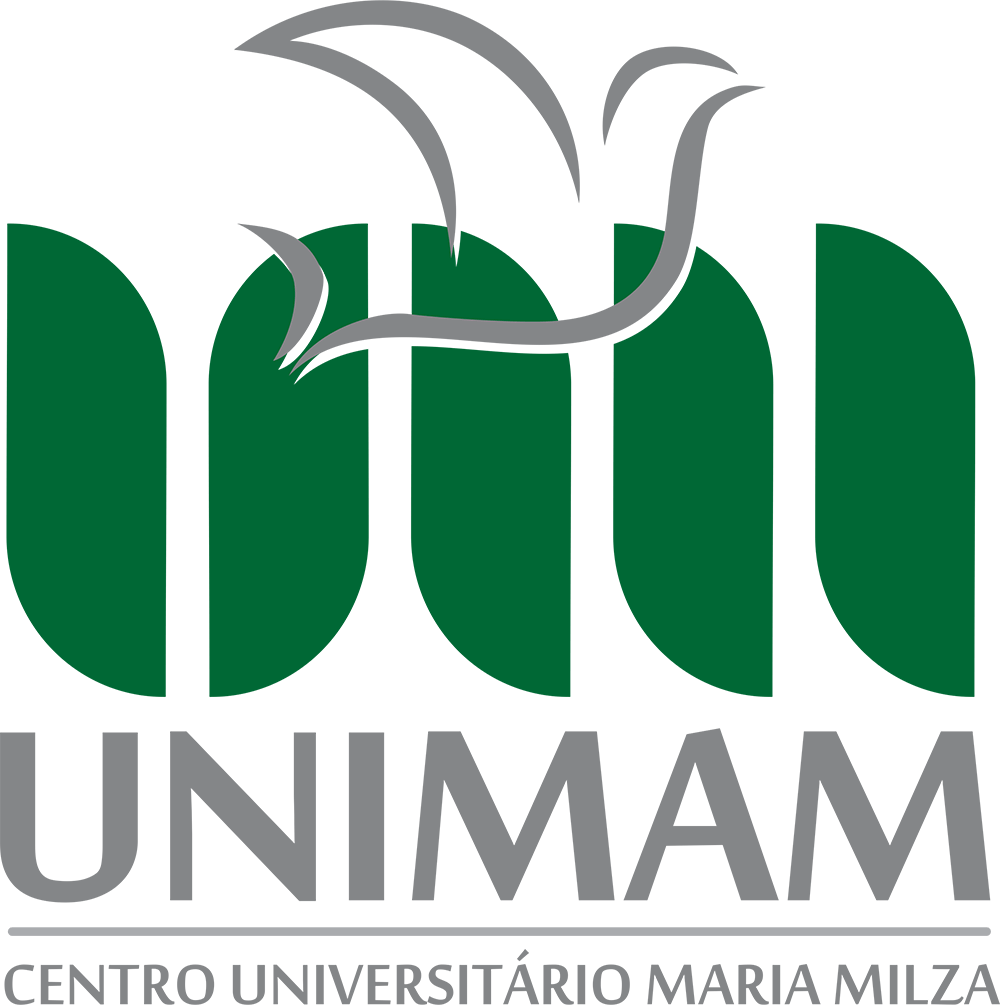Non-pharmacological methods for pain relief in normal childbirth
DOI:
https://doi.org/10.22479/texturav18n1p37_52Keywords:
Unassisted childbirth, Natural childbirth, Obstetric nursingAbstract
ABSTRACT
Pain is a sensitive, emotional and unpleasant experience. It represents an important signal early in the job and is reported by women as the worst pain felt. The non-pharmacological methods for pain relief aim to become more natural the labor, reducing the unnecessary interventions and rescuing the autonomy of the parturient. Thus, this study aims to analyze the available scientific evidence on the use of the non-pharmacological methods for pain relief during normal labor. It is a review of the integrative literature, for which 64 articles were analyzed in the databases Scientific Electronic Library Online, Database of Latin American and Caribbean Literature in Health Sciences and Nursing Database. The selected studies pointed out that the non-pharmacological methods for pain relief most widely used are the Swiss ball, the shower, the massage and the presence of the companion, since it is easily accepted by the parturients. It is concluded that these resources help to reduce the pain intensity, providing more comfort, safety and tranquility to the woman patient, besides allowing the woman to bond with the patient, facilitating the natural evolution of labor and positive repercussions. Consequently, it is concluded that these resources help to reduce the pain intensity, providing more comfort, safety and tranquility to the parturient, besides allowing the woman to bond with the patient, facilitating the natural evolution of labor and positive repercussions. It is concluded that these resources help to reduce the pain intensity, giving more comfort, safety and tranquility to the parturient in addition to allowing the bond between her and the team, to facilitate the natural evolution of labor and to achieve a positive impact.
Downloads
Downloads
Published
How to Cite
Issue
Section
License
The authors grant copyright on an approved manuscript with exclusive publication for Texture Journal in electronic format, including figures/ illustrations and content for the dissemination of the article, including on the social networks of the Texture Journal.











